Market Definition
Equine healthcare provides in-depth features on every aspect of horse health, including common and exotic health issues, anatomy and physiology, foot care, nutrition, dental care, and other new and established treatments for equine. The equine healthcare products include drug, vaccine, and supplemental feed additives, these products are used for the treatment of equine from West Nile virus, equine rabies, equine influenza, equine herpes virus, Potomac horse fever, and others. The drug type available for equine includes anti-infectives, anti-inflammatory, parasiticides, and others. The vaccine type available for equine includes inactivated, live attenuated, recombinant, and others.
Global equine healthcare market is estimated to reach $XX million by 2026; growing at a CAGR of 4.6% till 2026.
Market Dynamics
Increasing regulatory approvals for equine healthcare products is driving the demand for equine healthcare products. For instance, Boehringer Ingelheim has received approval for Aservo EquiHaler, the first therapy for severe equine asthma. The Aservo EquiHaler approved inhaler is designed for use in horses. The active ingredient in the Aservo EquiHaler is the prodrug ciclesonide, that is activated directly in the lung, helps to reduce lower airway inflammation associated with severe equine asthma. Additionally, Kindred Biosciences, Inc. has received the U.S. Food and Drug Administration's Center for Veterinary Medicine approval for Zimeta (dipyrone injection) to control pyrexia (fever) in horses. Zimeta is a nonsteroidal anti-inflammatory drug (NSAID), targets fever centrally in the brain, where it is originated. Zimeta provides rapid and effective fever reduction in horses with naturally occurring fever. Furthers, rising prevalence of equine-related diseases is a key driving factor of the market. However, product recalls of equine healthcare products might hamper market growth. For instance, Norbrook Laboratories has voluntarily recalled equine injectable drug products, including Flunixin Injection, Prevail, and Vetameg. These products are a nonsteroidal analgesic agent with anti-inflammatory and antipyretic activity for use in horses. The recall for equine injectable was made as a precautionary measure over concerns related to sterility assurance. Moreover, increasing investment in veterinary healthcare would provide lucrative opportunities for the market in the coming years.
Market Segmentation
The global equine healthcare market is mainly classified based on type, application, and distribution channel. Type is further segmented into Drug, Vaccine, and Supplemental Feed Additives. By application, the market is divided into Equine Influenza, Equine Rabies, West Nile Virus, Potomac Horse Fever, Equine Herpes Virus, and Others. By distribution channel, the market is further divided into Veterinary Hospitals and Clinics, Retail Pharmacies, Drug Stores, and Others.
Based on Type, Vaccine showed significant growth in 2019, owing to the increasing clinical studies on developing the new equine vaccine, rising investment by the companies and equine foundations to develop vaccines for equine, and commercialization of new equine vaccine. For instance, Zoetis has introduced Core EQ Innovator. Core EQ Innovator is the first equine vaccine to provide all five core equine disease antigens including West Nile, Eastern and Western Equine encephalomyelitis, tetanus and rabies in one vaccine. Core EQ Innovator delivers a safe and effective immune response against the five equine diseases.
Regional Analysis
Based on geography, the global equine healthcare market is divided into North America, Europe, Asia-Pacific, South America, and Middle East & Africa. North America is further divided in the U.S., Canada, and Mexico, whereas Europe consists of the UK, Germany, France, Italy, and Rest of Europe. Asia-Pacific is segmented into India, China, Japan, South Korea, and Rest of Asia-Pacific. The South America region includes Brazil, Argentina, and the Rest of South America, while the Middle East & Africa is categorized into GCC Countries, Egypt, South Africa, and Rest of Middle East & Africa.
North America was dominating the global equine healthcare market in 2019, owing to the rising prevalence of equine-related diseases. According to the American Association Of Equine Practitioners, there are more than 8 million horses in the United States, and over one million horses are seen by a veterinarian for fever annually. Moreover, increasing investment in developing equine, drug and research and testing program. For instance, The Keeneland Association has funded the University of Kentucky with $1.3 million. The fund will grow to $3 million and will help the College of Agriculture, Food and Environment’s Gluck Equine Research Center to introduce world-class equine drug research and testing program.
Competitive landscape
Key players operating in the equine healthcare industry include Boehringer Ingelheim, Bayer AG, Eli Lilly and Company, Ceva Sante Animale, Merck & Co., Equine Products U.K. Ltd., Sanofi, Vetoquinol S.A., Zoetis, and Purina Animal Nutrition LLC.
The increasing investment by the companies to develop of equine new drugs, vaccines and supplemental feed additives, increasing clinical studies on equine healthcare products, regulatory approvals for equine healthcare products, the collaboration between companies to develop and market equine healthcare products, and commercialization of new equine healthcare products are some of the strategies adopted by the major companies. For instance, on April 9, 2019, Boehringer Ingelheim has introduced Arti-Cell Forte in Europe for the reduction of mild to moderate recurrent lameness associated with non-septic joint inflammation in horses. Arti-Cell Forte is an approved therapy, developed towards aiming lameness, utilising specifically primed, chondrogenic induced stem cells.
Equine Healthcare Market Key Segments:
By Type
- Drug
- Vaccine
- Supplemental Feed Additives
By Application
- Equine Influenza
- Equine Rabies
- West Nile Virus
- Potomac Horse Fever
- Equine Herpes Virus
- Others
By Distribution Channel
- Veterinary Hospitals and Clinics
- Retail Pharmacies
- Drug Stores
- Others
Key Global Equine Healthcare Industry Players
- Boehringer Ingelheim
- Bayer AG
- Eli Lilly and Company
- Ceva Sante Animale
- Merck & Co.
- Equine Products U.K. Ltd.
- Sanofi
- Vetoquinol S.A.
- Zoetis
- Purina Animal Nutrition LLC
What Report Provides
- Full in-depth analysis of the parent Industry
- Important changes in market and its dynamics
- Segmentation details of the market
- Former, on-going, and projected market analysis in terms of volume and value
- Assessment of niche industry developments
- Market share analysis
- Key strategies of major players
- Emerging segments and regional growth potential






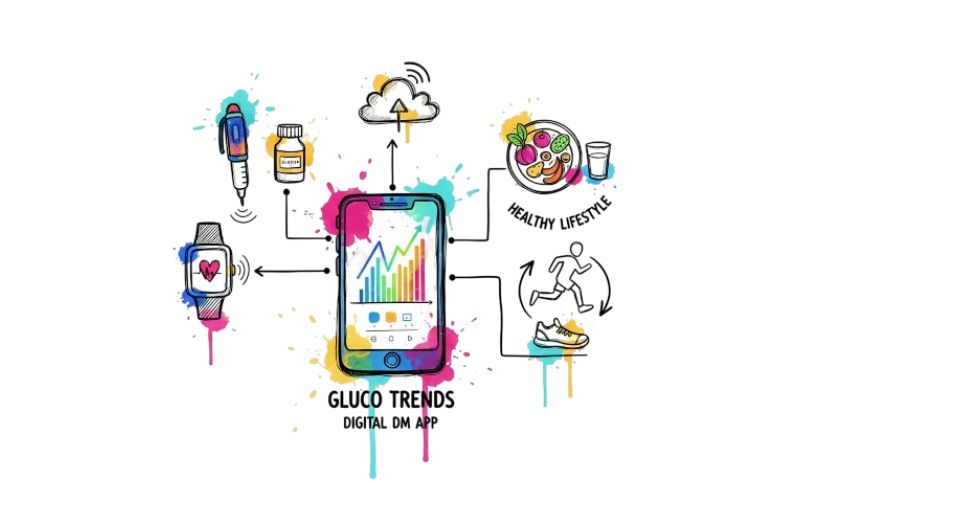
.jpg)
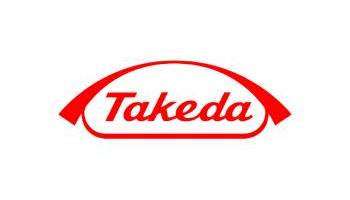
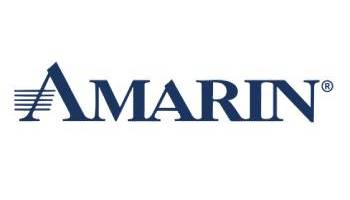
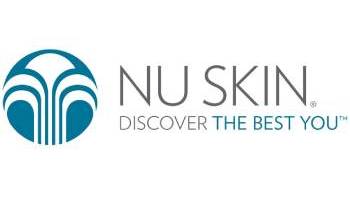
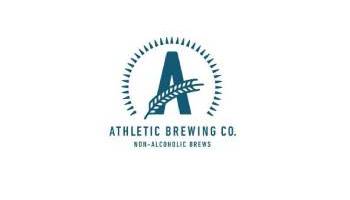
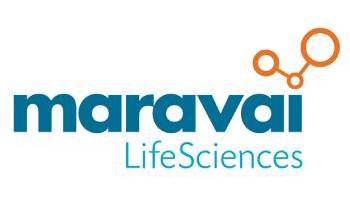
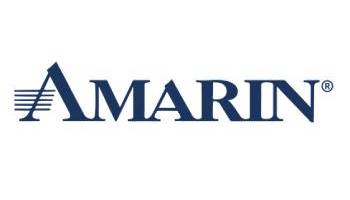
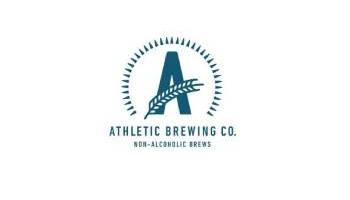

 US: +1 3023308252
US: +1 3023308252






